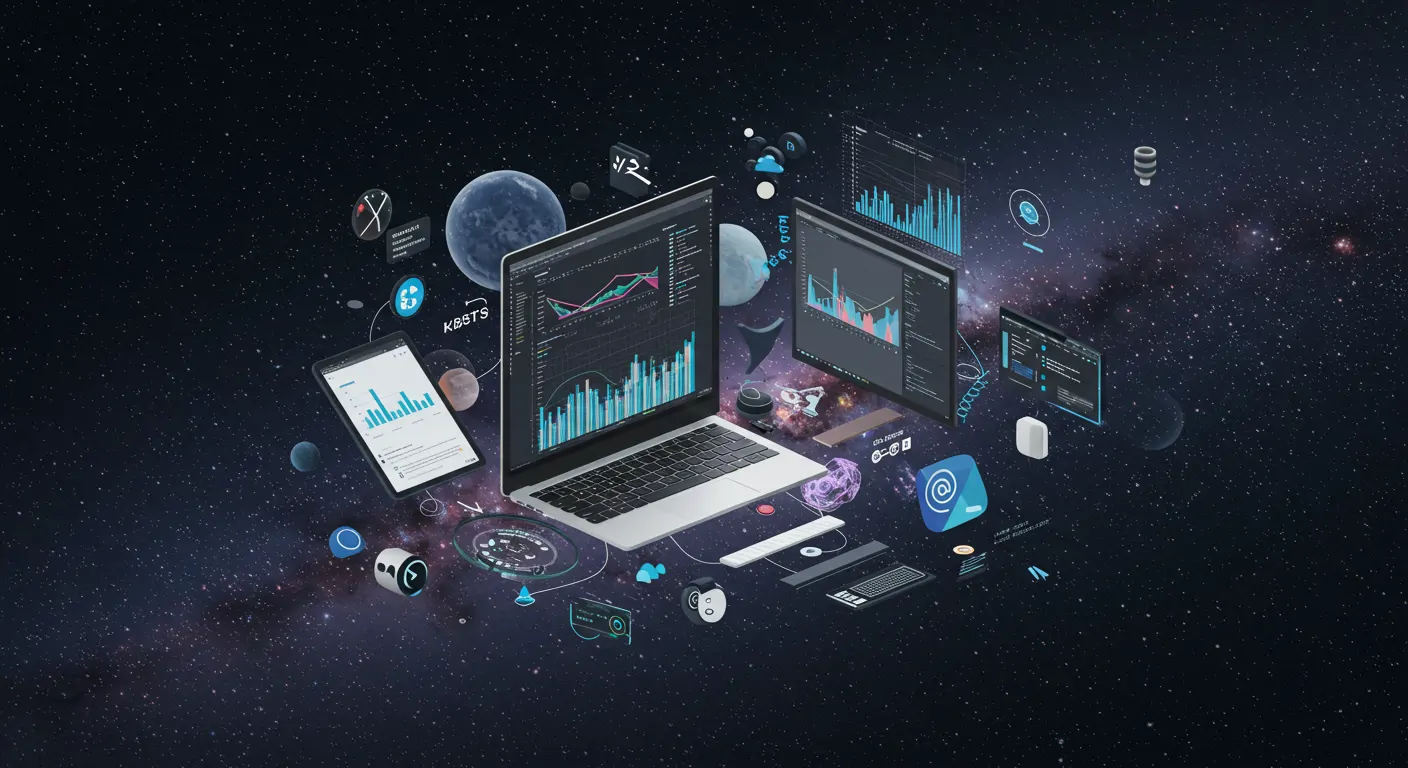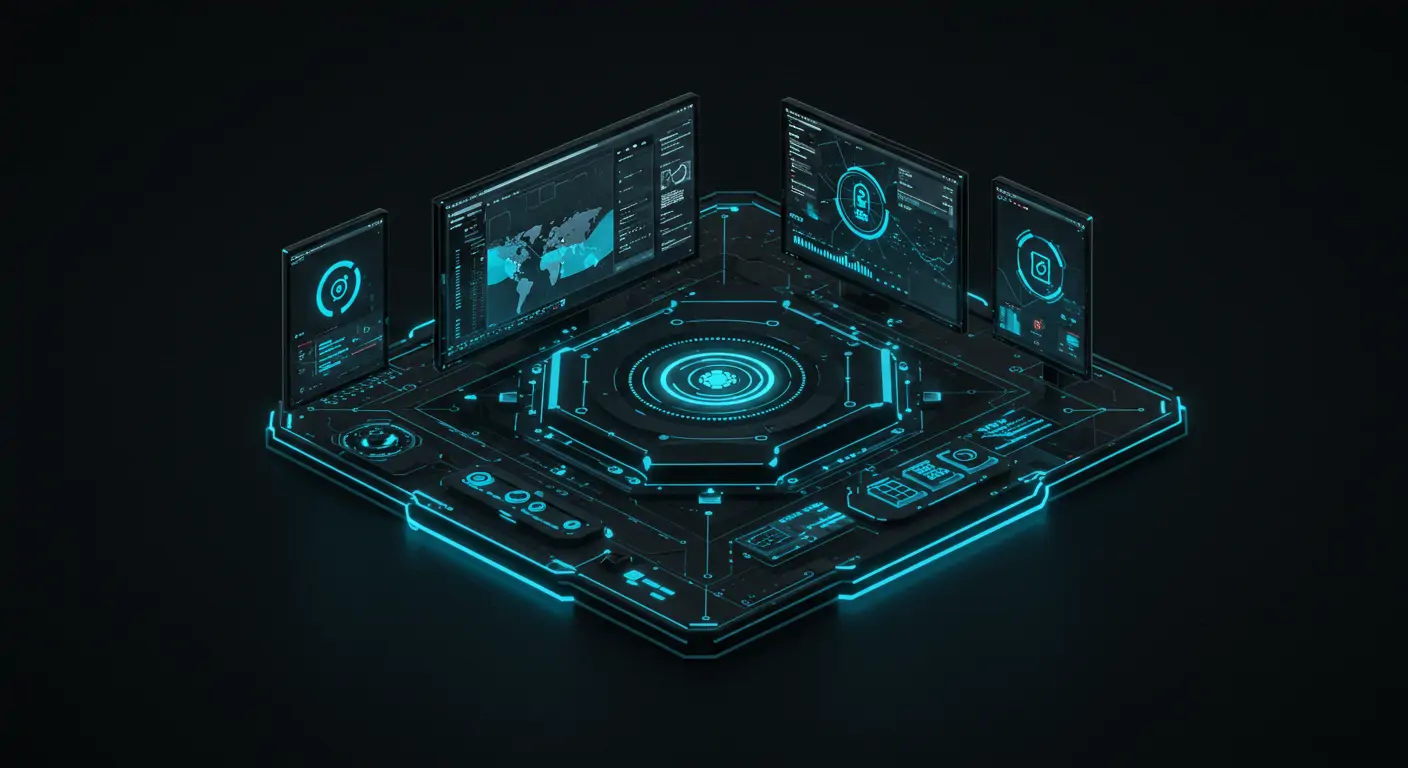Introduction: Why This Matters Now
In 2025, AI-enhanced code review is no longer a futuristic concept; it's a critical component in the software development lifecycle. Recent reports indicate a 45% reduction in bug-related incidents (Forrester, May 2025), underscoring the trend's significance. This evolution in code review practices means a substantial uplift in software quality, particularly for tech giants and agile startups.
Read time: 15 minutes
The Current State: What's Happening Right Now
AI-enhanced code review tools are transforming software development. In February 2025, Microsoft integrated AI-powered GitHub Copilot with Azure DevOps, enhancing developer productivity by 30% (source: Microsoft). Similarly, Google's AI-based review tool, CodeInSight, achieved a 50% increase in issue detection accuracy as reported in March 2025.
The market for AI in software development tools is projected to reach $11.3 billion by the end of 2025, propelled by key players like Amazon, IBM, and startup CodeScan. Traditional peer review methods struggle with scalability and consistency, often leading to missed errors that AI can now detect with precision.
Key Drivers: What's Fueling This Trend
Driver 1: Technological Advancements
Natural language processing and machine learning are advancing rapidly, allowing AI to understand coding languages comparable to human reviewers. By 2025, AI can interpret 95% of programming languages used in enterprises (source: Gartner).
Driver 2: Economic Efficiency
Companies are saving an average of $2.3 million annually by reducing bug-fixing cycles, as indicated by a Deloitte report from April 2025. This economic incentive drives broader adoption.
Real-World Impact & Case Studies
Case Study 1: Salesforce
- Implemented AI-driven code review in 2024
- Reduced deployment errors by 40% within six months
- Lesson: Enhanced code quality leads directly to customer satisfaction
Case Study 2: Spotify
- Adopted AI review in January 2025
- Improved time-to-market by 20% for new features
- Lesson: Faster releases maintain user engagement
Industry Implications
For Developers
- Learning AI-powered tools like Copilot is crucial
- Roles evolving towards AI supervision
For Businesses
- Strategic integration with existing CI/CD pipelines
- Gains in competitive edge through faster innovation
For Investors
- Significant growth potential in AI tool startups
- Investment risks mitigated by proven ROI
Challenges & Criticisms
While promising, AI code review faces skepticism regarding dependency on machines, potentially overlooking nuanced issues requiring human insight. Privacy concerns also surface, as AI tools can inadvertently access sensitive codebases.
Future Outlook: What's Next
In the next 6-12 months, expect more integrations of AI tools in major IDEs, while long-term (2-3 years), AI could autonomously handle end-to-end development tasks. Key milestones include full adoption by FAANG companies and the emergence of new AI-driven programming languages.
Frequently Asked Questions
What is AI-enhanced code review?
AI-enhanced code review uses AI to automate and improve the accuracy of code assessment processes.
How does AI improve code quality?
AI detects errors and offers suggestions faster and more accurately than manual reviews.
Conclusion: Key Takeaways
- AI-enhanced code review is increasing software quality and developer efficiency.
- Economic savings and faster time-to-market drive adoption.
- Future developments promise even greater autonomy in development processes.
Actionable next step for readers: Explore AI tools such as Copilot and CodeInSight to stay ahead in software development.




